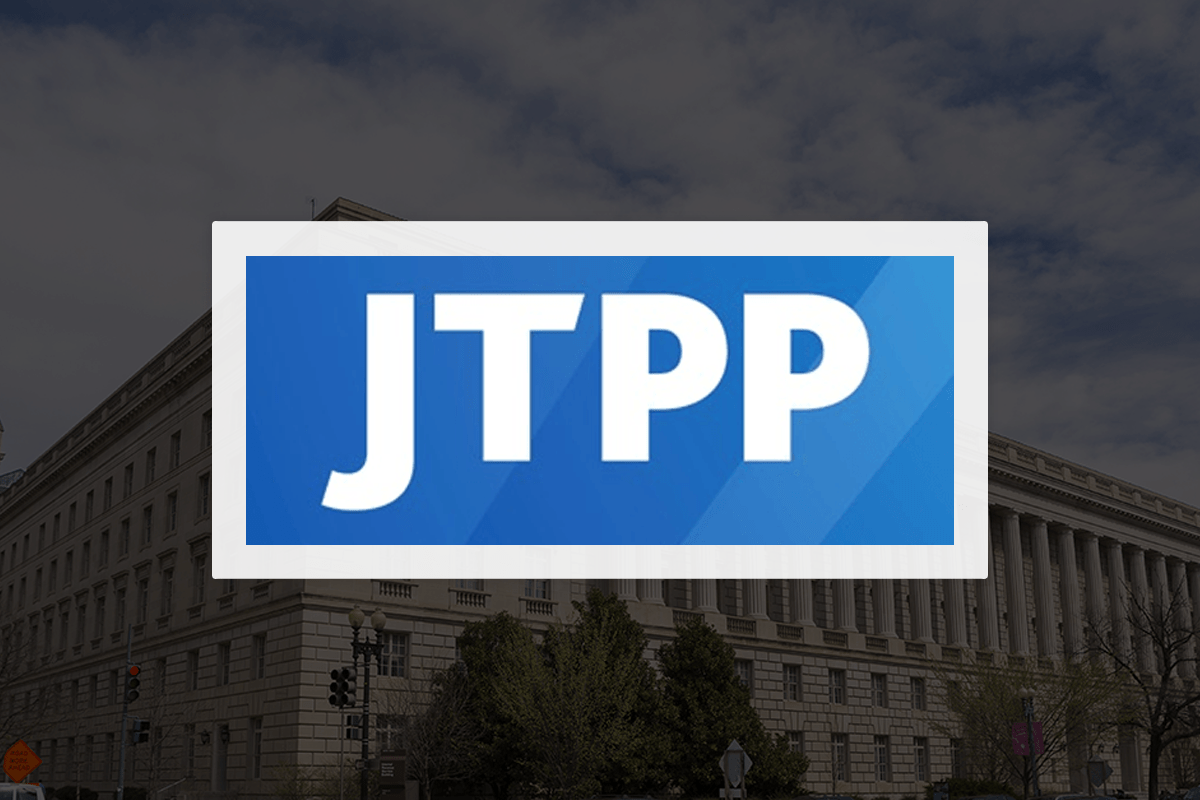Here are a few principles every CPA firm can leverage to successfully compete with all firms in this dawning AI technology wave.
The race to integrate Artificial Intelligence into the workflow of Certified Public Accountants is no longer a futuristic concept, but a current reality. Large accounting firms have made substantial strides in using AI to augment their services and deliver high quality outcomes.
Yet, for many CPA firms, particularly small to mid-sized organizations, the current pace of technological advancement can seem dauting. Without the time and investment war chest that larger firms have, there is a real concern that the rest of the market will be unable to compete.
While it may seem that the only solution is to dive headfirst into AI advancement, taking on more than your organization is prepared for can cause more damage than the payoff. It’s the strategic, calculated steps that will lead to enduring success. The majority of tech giants today are former tech underdogs from 20 years ago, and all of them started their journey through tackling existing issues first, one piece at a time
Here are a few principles every CPA firm can leverage to successfully compete with all firms in this dawning AI technology wave.
Don’t Succumb to FOMO—Move at Your Own Pace
With the current frequency of tech releases, it’s easy to feel overwhelmed. You may feel the urge to try and take on as much as possible as quickly as you can. While it may seem enticing to try and automate your entire operation, it’s imperative to focus on what matters most immediately, and then use that momentum to tackle larger scale issues down the road.
Finding a balance and resisting the temptation to keep up with everyone else is essential, or you will quickly find your organization changing direction too frequently to complete anything. This risk of non-adoption is far bigger than simply being late.
Remember: commitment to fully leveraging foundational tech is paramount, and sticking with it is more crucial than hopping on every bandwagon that passes. Tech cycles are measured in years, not weeks or months. Do your research on the technologies that are the best fit for your organization, implement them fully, and continue researching new technology to integrate into your roadmap.
Focus on What Enhances Your Unique Edge
Each CPA firm has its strengths. It could be a unique sales approach, unparalleled delivery quality, or exceptional customer interaction. Leveraging AI to focus on capitalizing on your differentiators, instead of adoption for adoption’s sake, will be key in seeing a good return on your investment.
First, recognize what sets your business apart to pinpoint where AI can amplify that competitive edge. Now, imagine if you could use that advantage faster, more often, and in a broader market. That is exactly what AI can do, when implemented correctly. Involve your team in design sessions from the beginning to brainstorm how this technology might elevate your unique advantage.
Prioritize Swift, High-Impact Projects
Once you’ve established what makes your firm, it’s important to reflect on what problems you have that are not. While AI can tackle complex issues and help enhance your unique selling points, your firm has problems that require less intentional thought and can be fixed quickly. From experience working with thousands of firms, there are a common set of problems that many need solutions for:
- Cash Collection: Cashflow is the lifeblood of any business, and bills can age quickly. Having a dedicated tool to reminding, collecting, and reporting new income can help your business take on more, and faster.
- Prepared by Client (PBC) document process tools: You and your firm should not waste time cleaning books or transferring data between spreadsheets. PBC document processing tools save you time and allow you to focus on the work you can bill for.
- Trial balance to workpapers: 15-20% of all project time is spent on workpaper generation. Automating your workpapers and having consistent automated data entry will save your team thousands of hours, which they can spend focused on generating new revenue.
- IRS Response tools: Tools which can generate a response in real time are critical time savers for your team. With the volume of inquiries firms receive, it’s imperative to have a resource dedicated to fielding them that does not distract from larger ambitions.
- Conversational AI chatbots: An internal tool focused on helping your team members find documents and the right information as they need it. By centralizing these questions and data, you create a singular source of truth for your organization.
While these may seem like small problems, once the easiest solutions are implemented, it will be much easier to gain traction on your higher impact problems. Many firms have already automated these processes, which catapults them towards further digital innovation.
Creating a mindset which focuses on quick value brings the necessary speed that a brand must have to compete. Most of an organization’s efforts should be directed toward AI projects with short development cycles for quicker learning and adoption. This is not settling for less, rather it creates a hyper focused culture focused on small but impactful improvements in rapid succession.
Conclusion
For CPA firms, integrating AI into their firms is inevitable and immensely valuable. Yet, it is the tailored approach—paced, focused, and pragmatic—that will redefine their success. In the end, effective adoption of AI doesn’t depend on being the first to adopt; it hinges on being the most strategic about when and how to employ these powerful tools. It’s about AI serving the unique needs of the firm, rather than the firm serving the ceaseless cycle of technological advancements.






